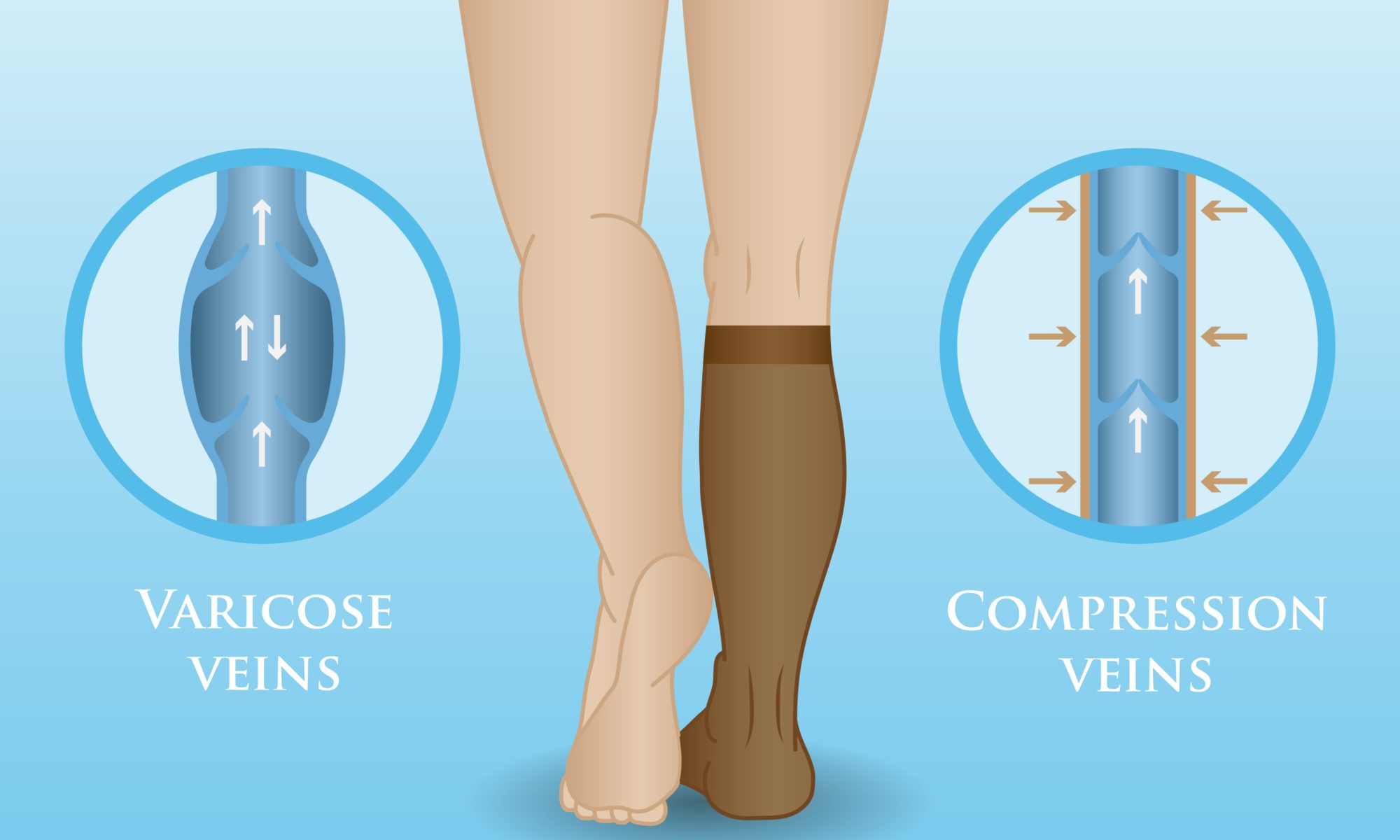
Compression socks are a product that provides therapeutic compression to promote circulation in the legs and treat various disease conditions. Compression socks or stockings can be found on the legs of a wide swath of the population, from pilots, flight attendants, runners, and nurses to pregnant women, people recovering from surgery, and people otherwise at risk for blood clots in their legs. Compression stockings come in a variety of sizes, lengths and colors. They’re also available with different strengths of compression. Your legs will be measured to see what size stockings you need. These socks are made of a strong, elastic fabric that often runs from the foot to the thigh at different pressures based on the amount of pressure required.
Moreover, the benefits of compression stockings are dependent on wearing the stockings properly for example, if the socks were worn wrinkled that could lead to new or worse problems, since bunching or wrinkling can exert excess pressure on the skin. Typically, the stockings are safe and wearing them results in few or no complications, provided they’re worn smoothly against the leg, without any folds.
